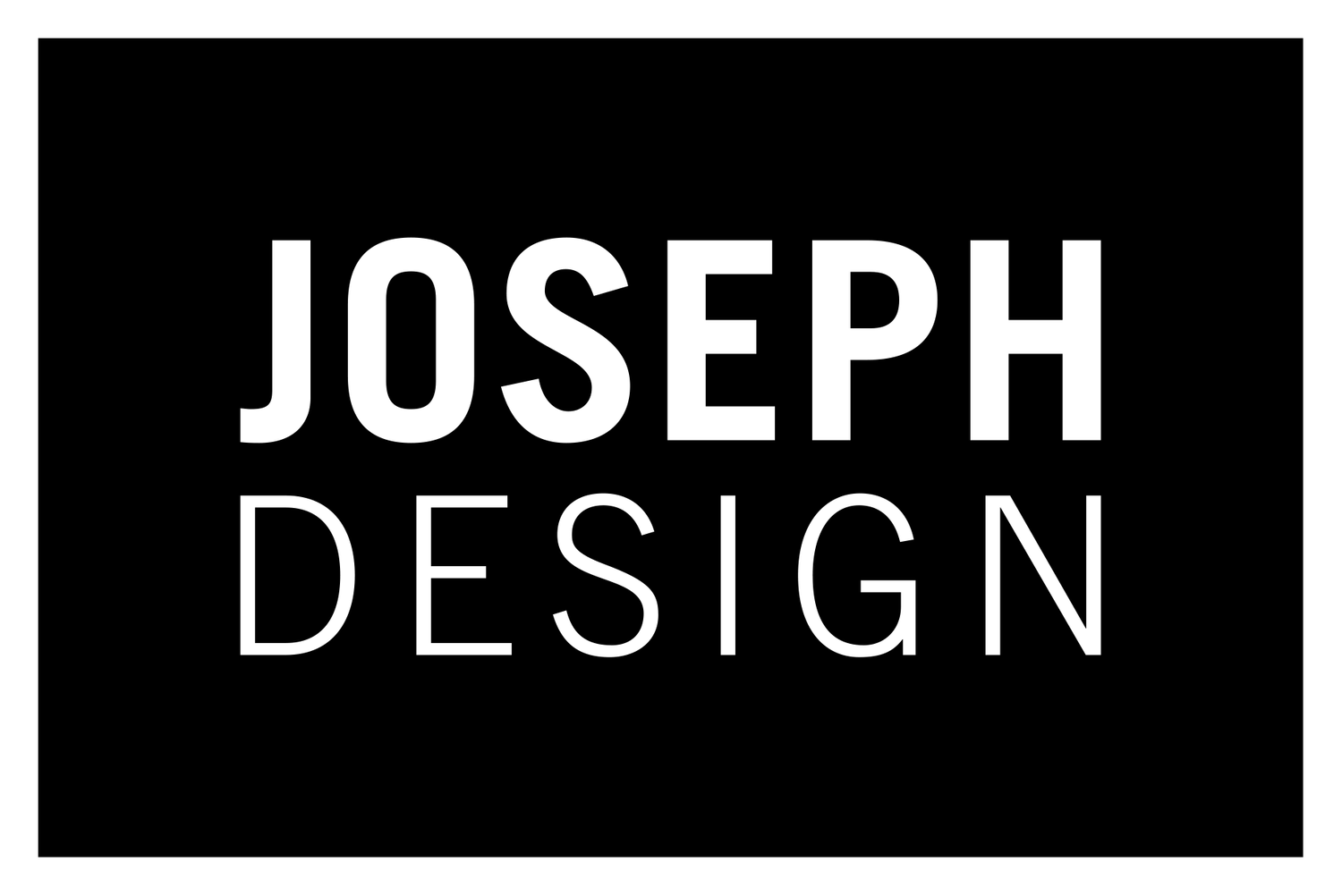FOUR: THE NEW CONSUMER
The target consumer of these home furnishings retailers is:
• Female
• between 25-55
• Has the time, money, and interest towards improving her household experiences.
• This aligns perfectly with Griffin’s "Cultural Creative" target audience segment.
Female Cultural Creatives
• Female consumers are the primary household spenders, and are eager to buy technology through alternative channels.
• Only 30% of women find general electronics stores appealing, yet women outspend men in electronics purchases by $14 Billion.
• 1 in 3 women visit a general electronics store only a couple of times a year, yet Women influence 90% of all 3 electronics purchases.
• Women visit general electronics stores like Best Buy significantly less frequently than men, yet 75% identify themselves as the primary shoppers for their households
Now we needed to learn more about our target consumers. True, we were not the first company to ever make products that targeted women, but I had seen so many previous attempts that were little more than "pink it and shrink it". I wanted our products to be rich and inviting, thoughtful and personable. With the consumer demographics we had acquired during the retailer research phase, we decided it would be smart to conduct a series of in-home interviews. This would allow us to learn more about what our consumer really wants, as opposed to what they currently purchase. Over the course of several weeks, both the I.D. team and the research team conducted a series of compensated in-home interviews with ten women who fit the profile. We asked a lot of questions, took a lot of pictures, and came up with a host of insights that could have never been obtained otherwise.
Our design team took the resulting information and distilled it into two archetypical profiles:
FIVE: DISCOVERY & OPPORTUNITY
When it comes to technology in the home, we kept observing the same pain points:
1: Strong distaste of visible consumer electronics that clash with home decor.
2: Cables often “disappear,” and women routinely relocate cables & adaptors based on activity.
3: Wall outlets constrain a person to charge their device(s) at a specific location.
4: Difficulty tracking the household’s shared devices.
We evaluated several categories of product that we felt could satisfy a a lot of our consumer's needs. All of these categories were close enough to Griffin's core competencies to make the scope of the project achievable. The product types that we looked into included:
• Smart activity tools: Accessories for cooking and home productivity
• Power: Cable management & hidden charging solutions
• Spacial solutions: Docks, stands, and mounts for room specific activities
• Home automation: Smart systems for lighting, security, and parental control
• Notifications, feedback, & connectivity: Indicators for charge status, family sharing, & communications.
We chose to begin our foray into this arena by focusing on the power category, which would capture the core of Griffin Technology with user-centered home solutions.
SIX: PRODUCT STRATEGY
Aspirational retailers want products that are:
• Appropriate to the environment: Products designed with conscientious colors, materials, and finishes that capture the look and feel of home furnishings retailers.
• Intuitive to use: Products that sell themselves, and don’t require explanations or demonstrations from store employees.
• A unified product line: Strong, individual products that come together to create a full, complete product experience.
• Less tech-centric: Products that speak to the retailer brand, rather than consumer electronics technology.
Female Cultural Creatives want products that are:
• User-centered solutions: Products with clear intent that solve real problems
• Flexible: Products that are for the entire family.
• Easy to set up: Simple products that don't need manuals. Just plug-in and use.
• Supportive: Products that facilitate personal and family activities.
• Instant appeal: Products that blend seamlessly into home decor.
With research in hand and a grasp of how to capture our consumer and our retailer, we begin to design.
SEVEN: AESTHETIC AND MOOD
Our team began by assembling a series of mood/inspiration boards that would help us create the language that our products would have. These collections were divided under three headings: Form, CMF (colors, materials, and finish) and UI (user interface). The overall feeling that these products convey is that of positivity, honesty in material, and overall authenticity.





